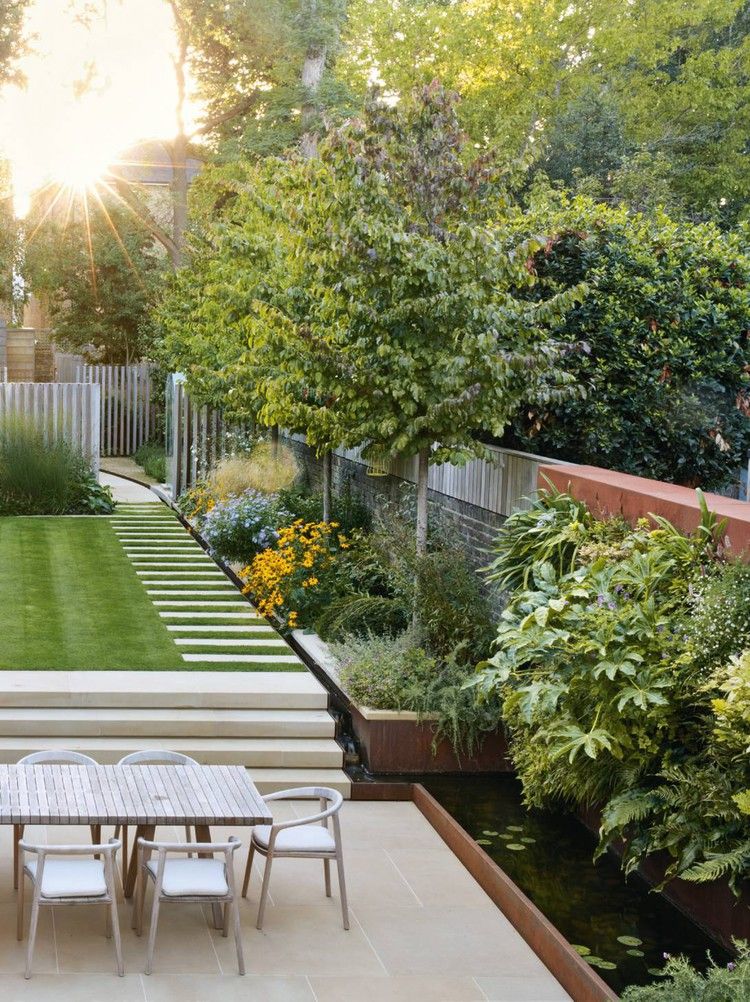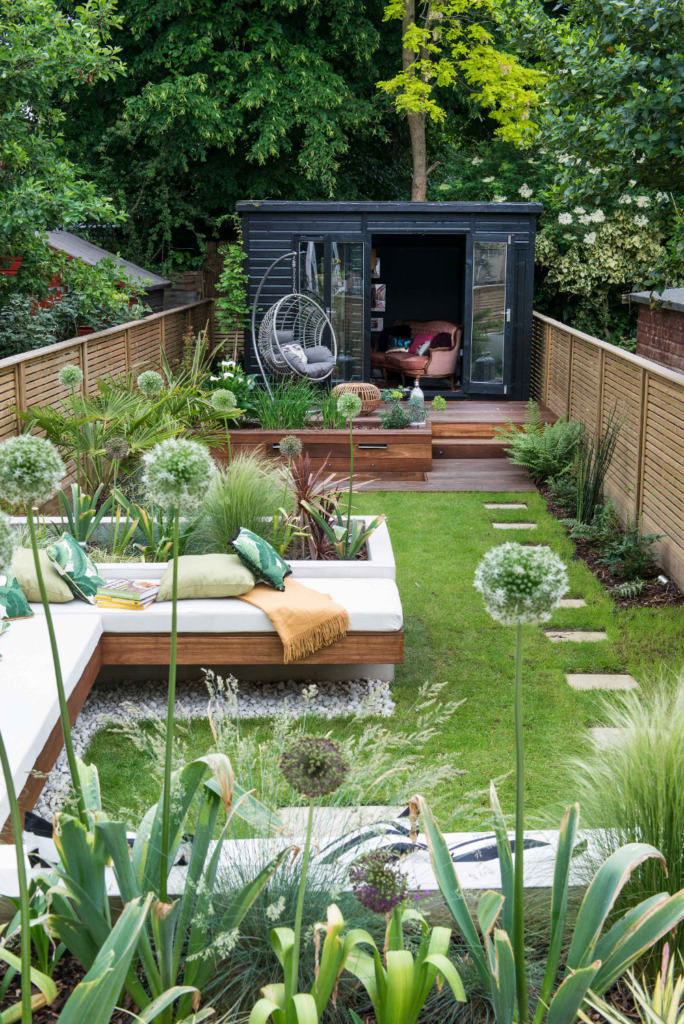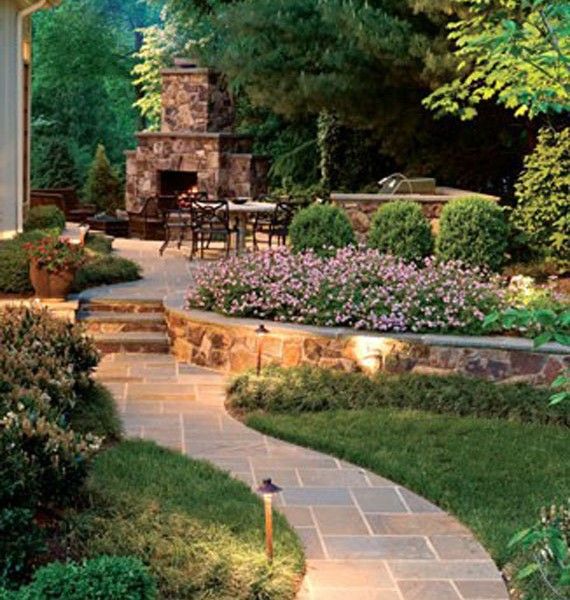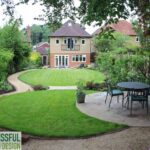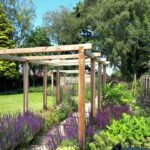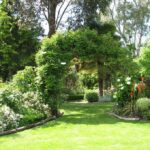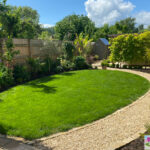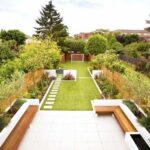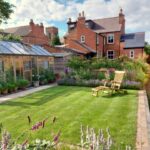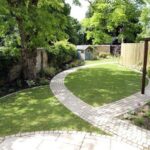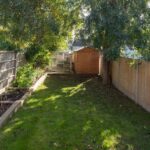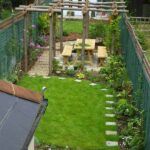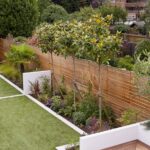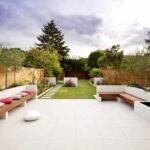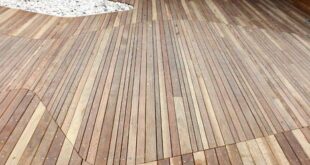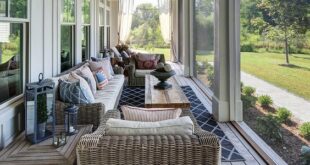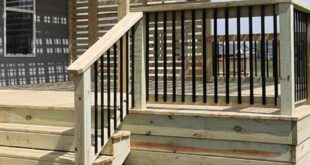Long gardens offer a unique design challenge, as they provide a narrow space that must be utilized effectively to create an inviting and cohesive outdoor space. When designing a long garden, it is important to consider the overall layout and flow of the space. One approach is to divide the garden into distinct areas or “rooms,” each with its own purpose and style. This can help break up the space and create visual interest.
Another key aspect of long garden design is creating focal points to draw the eye down the length of the garden and add depth and dimension. This could be achieved through the use of tall plants, a striking sculpture, or a water feature at the far end of the garden. These focal points can help create a sense of perspective and make the garden feel larger than it actually is.
When selecting plants for a long garden, it is important to choose a mix of different heights, textures, and colors to create visual interest and balance. Consider using tall trees or shrubs at the back of the garden, with shorter plants and groundcover towards the front. This layering effect can help create depth and make the garden feel more dynamic.
In terms of hardscaping, long gardens can benefit from the use of pathways, pergolas, or trellises to break up the space and create structure. These elements can help define different areas within the garden and provide visual transitions between them. Consider incorporating seating areas or outdoor dining spaces along the length of the garden to encourage relaxation and enjoyment of the space.
Lighting is also an important consideration when designing a long garden. Properly placed lighting can help create ambiance, highlight focal points, and extend the usability of the garden into the evening hours. Consider using uplighting to highlight trees or architectural features, and pathway lighting to help guide guests through the space.
Overall, designing a long garden requires careful planning and attention to detail. By dividing the space into distinct areas, creating focal points, selecting a mix of plants and hardscaping elements, and incorporating lighting, you can create a beautiful and functional outdoor space that maximizes the potential of a long, narrow garden.
 yishifashion Where Outdoor Dreams Become Reality
yishifashion Where Outdoor Dreams Become Reality
